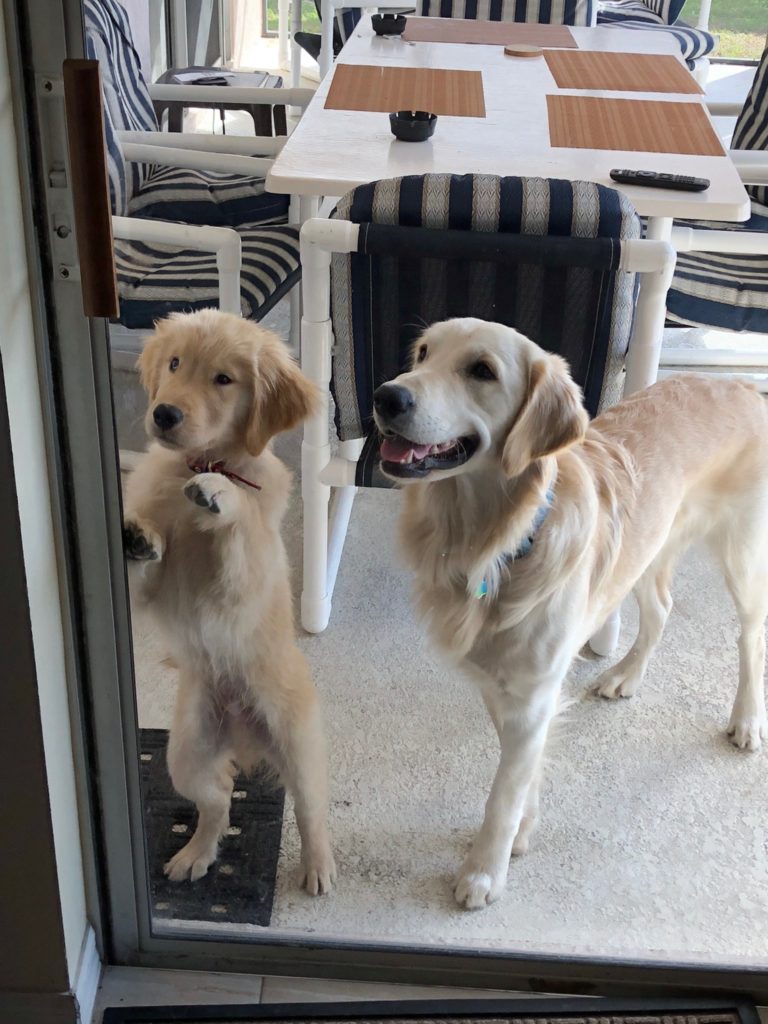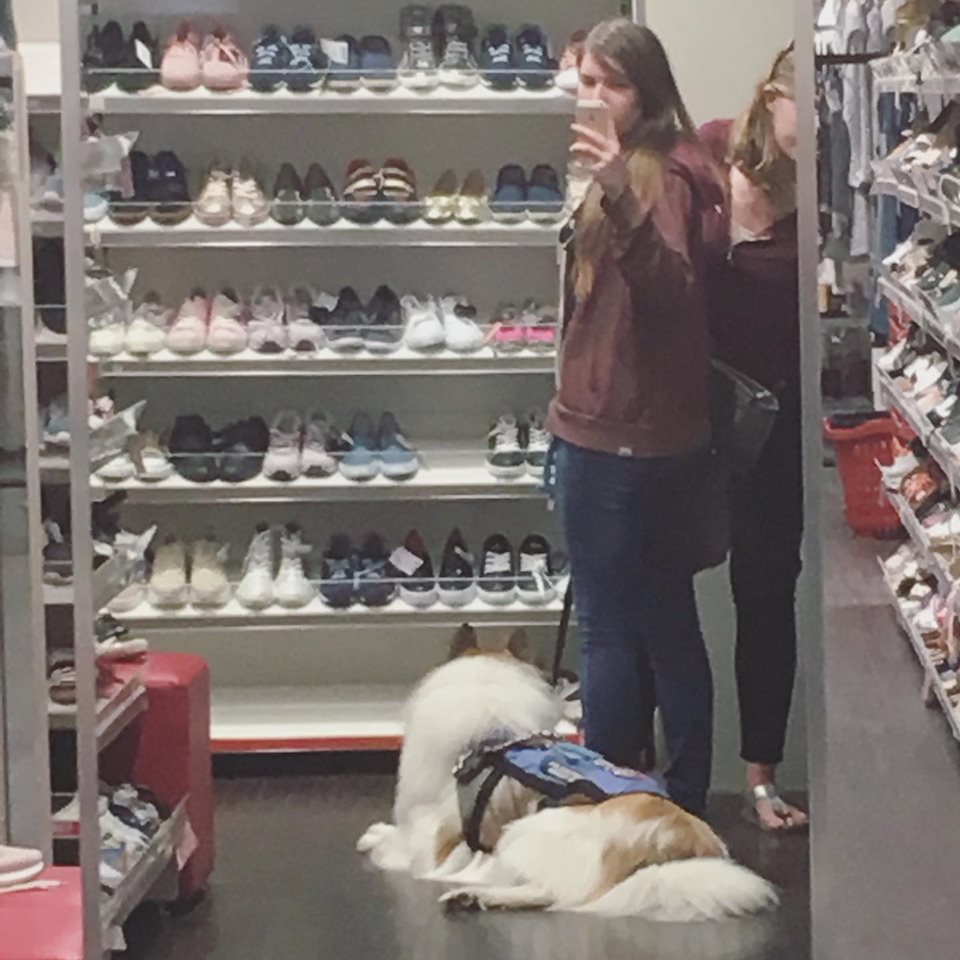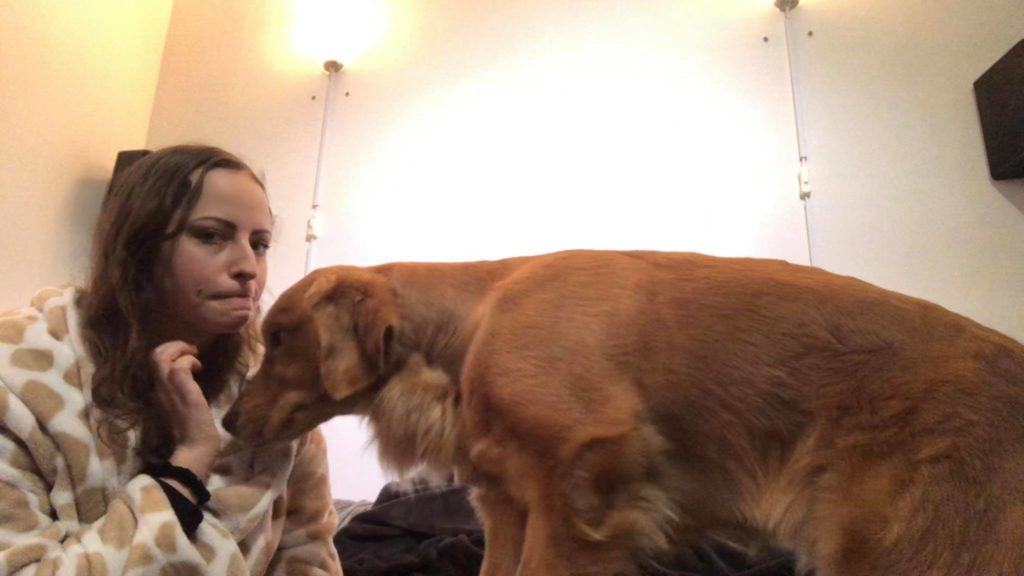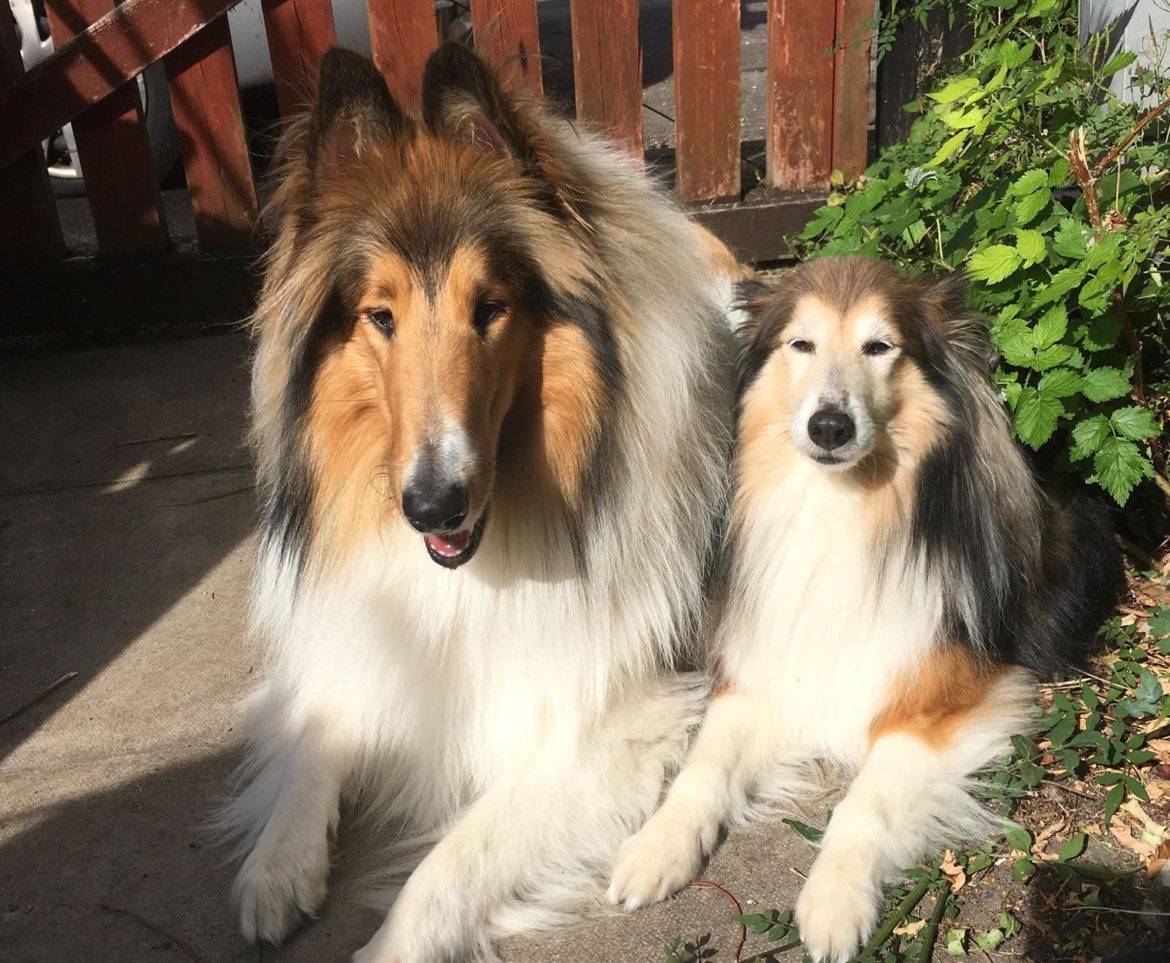Consistency in Training
A LITTLE BIT ABOUT WHY CONSISTENCY IS ESSENTIAL IN DOG TRAINING, AND EVEN MORE SO IN ASSISTANCE DOG TRAINING
Author: Dory Adelie
What is Consistency?
Consistency is about being repetitive and the same in the commands you use, the rules you have in place and communicating what you want from your dog. Consistency sets and reinforces expectations for behaviour and outcomes. It increases likelihood of the dog grasping commands properly and for the long-term. Essentially inconsistency = confusion. It creates a foundation for good dog behaviour and training, as well as improving the bond between you and your dog because you are communicating clearly to them what you want from them . This is especially important with an assistance dog. Consistency ideally begins from puppyhood but it isn’t a deal-breaker if it doesn’t, it just takes extra work.

Other People
Firstly, it is important not to let others undermine the work you do – discuss this with those you live with if possible, and anyone who visits e.g. no jumping up is allowed so ask guests not to give attention to the dog until they are on the floor again. If you don’t want your dog being fed from the table, you need to consistently reinforce this and not get lax and/or make a load of exceptions as it will confuse the dog. You may want to instil a rule that they go in a “place” (e.g. a mat) during mealtimes. This can all feel like a long battle especially if people around you aren’t co-operating but it is important to keep going. If you hit a big hurdle with this (e.g. about food), then you may need to keep your dog with you when human food is around and avoid leaving your dog unattended with others even at home. The same applies to pulling on the lead, jumping up at the door, barking endlessly, going in an area you don’t want them to – if they’re allowed to do it with some people, they’re likely to do (or try to do) it with you too.
“Cute” Behaviour

One of the main issues people find is when a behaviour that is inappropriate or undesirable in some situations is potentially cute or funny when they do it, especially in puppyhood e.g. howling, jumping up, whining. Essentially humans are egotistical and the idea that a dog “wants to see us” or “misses us” can mean that jumping up and whining when we return can seem cute. However you have to think about general life, especially with an assistance dog. Do you want your dog to do this every time you return to it, even in public? Once a behaviour is allowed a few times and gets a ‘good’ response (i.e. attention from the human), the dog essentially learns that it is worth doing so is more likely to carry on doing it. This presents a problem when you then don’t want them to do it!
It’s not a disaster if you let things happen once in a while or if you quickly realise that something is not desirable (e.g. whining in excitement/for attention), it’s about trying to get on top of it as soon as possible. That’s where consistency comes in – you then need to make sure you are clear that it doesn’t ‘pay’ to whine for attention, and reinforce that attention comes when they are calm.
Commands

You CAN combine different rules for different situations with consistency e.g. you don’t want your dog just jumping up onto sofas/beds etc., but you’d like to cuddle with them sometimes. Teach them that they can get up on the sofa if they are invited but not the rest of the time (dogs often instinctively put their heads onto beds/sofas first so you can use this to indicate they want to come up, then give a command like “up up” to indicate they can come up when you say.)
Equally, commands should be kept the same and used the same by all members of the family (e.g. “lay” vs. “down”). It doesn’t really matter what commands you choose, but you need to stick with them once you’ve taught them otherwise your dog will take ages to understand what you mean. There is a great, simple explanation of this on the AKC website.
Clarity and Consistency
Dogs are smart, but they often work on a very literal level. If something gets a good response, they’re likely to do it again. If they’ve never got any response at all, then they’re likely to do it if they enjoy it. If they’re shown that something is not desirable e.g. jumping up at the door DOESN’T get them to go on a walk quicker, until they sit, then they learn to do the desirable behaviour. This isn’t being mean or cruel, this is about setting expectations for the dog so they know what makes you’re looking for. It’s especially important if they’re an assistance dog. If you’ve ever seen a dog’s face when you’ve told them off/got annoyed if they’ve done something when you weren’t clear they shouldn’t do it, you’ll know that they get confused. You cannot get angry with a dog for doing something “wrong” if you haven’t made it clear consistently that it is an undesirable behaviour.
Self-Evaluation

Look at yourself first and consider ways that you can improve how you communicate with your dog. It’s okay if you make mistakes or you get a little bit lax, but have awareness of yourself and your interactions with your dog. Maybe film yourself during a training session if your dog isn’t grasping a command. Maybe ask someone else if they’ve noticed any inconsistencies in how you communicate with your dog. Be prepared to make changes and accept responsibility – it might be that you got a bit lazy. It’s not irreversible and it happens to everyone, but it requires work to get back on track and you have to put this in, to get out what you’re looking for from your dog.






